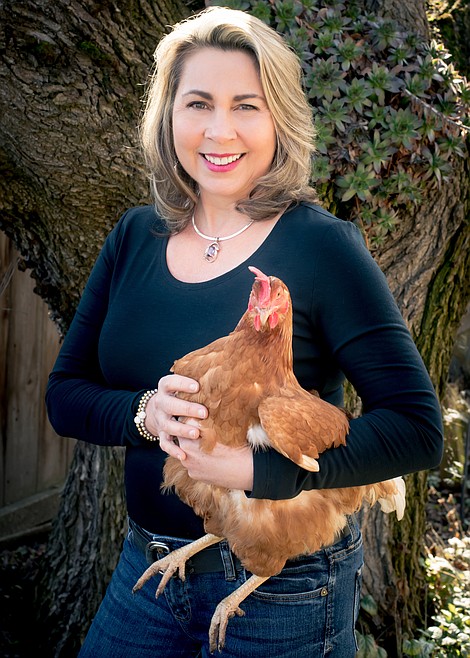Growing in North Idaho — Succession planting: How to harvest MORE from your garden
Gardening in North Idaho is challenging and this year it seems especially so. Our 120 days of “frost-free” growing is considered a short-season — and this spring, Mother Nature is stealing even more of those precious growing days from us!
So, how can you get the most out of your garden under these challenging conditions? Succession planting. This technique maximizes garden space and provides a continuous supply of vegetables over a longer period of time — even in a small garden space.
There’s a good chance that you’re already doing succession planting and you just don’t realize it. Have you ever removed spent plants from your garden and replanted another vegetable in its place? Well, if you have, you’ve planted in succession.
Succession planting is simply replacing one crop with another or continually sowing or planting crops one after another. Many of our favorite vegetables can be planted in succession to provide a continuous crop throughout the season.
Cool-season vegetables, like lettuces, salad greens, and radishes are perfect for early spring succession planting. Choose varieties that will be ready to harvest in 30 to 45 days.
Once these veggies are harvested in early summer, you can replant the garden beds with warm-season vegetables, such as beans, tomatoes, peppers or cucumbers. And, when those are finished producing in the late summer, you can replant again with more cool-season crops for a fall garden. Now how’s that for extending the season!
One of the easiest and the most common methods of succession planting is to make several smaller plantings of the same crop at timed intervals. This is known as interval or staggered planting.
Crops are planted at intervals of 7 to 21 days, instead of being planted all at once. This method of planting maintains a consistent supply of produce throughout the season.
When I plant my snap beans in June, I’ll stagger the seed-sowing every 7 days for about 4 weeks.
If I plant all the bean seeds at once, I’ll be overloaded with beans by mid-summer (it’s happened!). By staggering the planting times, you can maintain a little more control over the amount of produce that is harvested and also extend the harvest time longer throughout the growing season.
Interval planting also works great with quick maturing vegetables — like radishes, salad greens, and early-maturing carrots and beets. These can be planted at two-week intervals early in the growing season to keep the harvest coming into summer.
A third form of succession planting uses plant maturity dates. This method also allows for a continuous harvest by planting a single vegetable that matures at different times. It also helps reduce produce overload.
Tomatoes are a great example: There are early-season tomatoes, which will produce fruit in 60 to 70 days; mid-season tomatoes produce fruit in 75 to 80 days, and late-season varieties that come on in 85 to 90 days.
If you’ve planted tomatoes that bear fruit at different times during the season, then once again, you’ve been practicing succession planting.
You may be of the mindset that the gardening season begins in the spring and ends with Labor Day. Now, there’s nothing wrong with that line of thinking, but with a little planning and implementing succession planting techniques, you can start your season earlier in the spring and extend it into the fall, and most importantly, maximize the amount of food you grow. And with rising food prices — who wouldn’t want that?
• • •
Candace Godwin is a Certified Idaho Master Gardener. The University of Idaho Extension, Kootenai County Idaho Master Gardener program is located in the UI Research Park, 958 S. Lochsa St., in Post Falls. Learn more about us at https://www.uidaho.edu/extension/county/kootenai/garden or on Facebook. Visit us in person, email us at kootenaimg@uidaho.edu, or call us at 208-292-2525. IMG services are free to the public.









